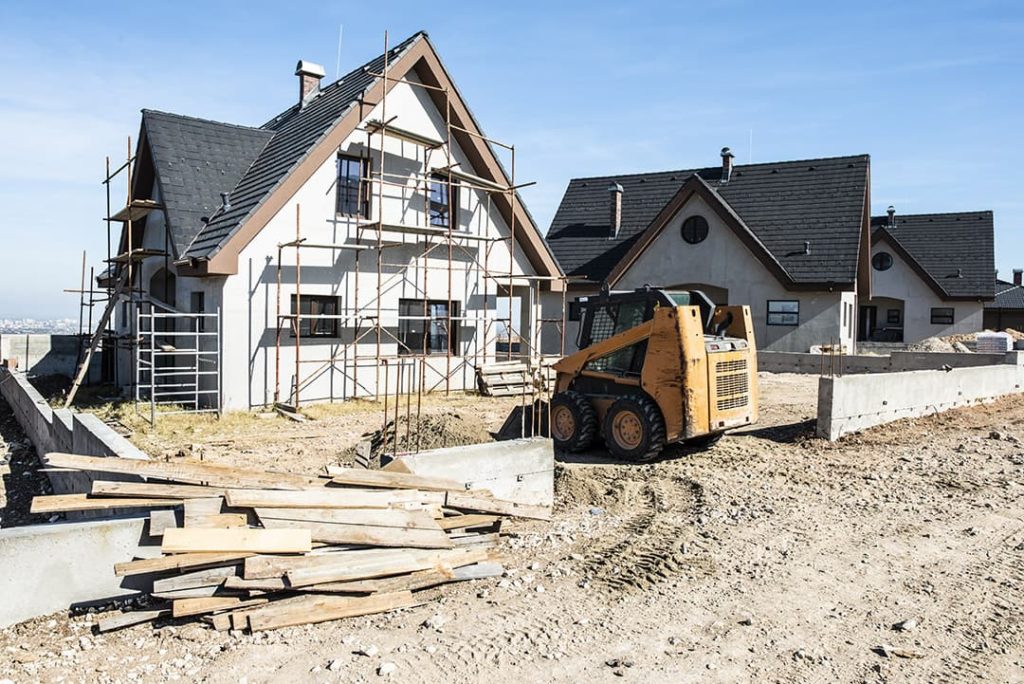How to Save Money & Cut Costs When Building a House
By: Danielle Pieterson | December 21, 2020
Building a new home is exciting, but working with large sums of money makes it easy to forget the real value of money. When you’re regularly paying for the expensive parts of your new house and working with thousands (or tens of thousands) of dollars at a time, it’s easy to start thinking that $100 or even $500 is a small amount of money. These “small” amounts add up quickly. By the same token, consistently making small savings can add up to big savings on a project that size.
Set Some Guidelines For Decision Making
When it comes to home building and extensive remodeling, you’re going to be making many decisions about where to splurge and where to save. So many decisions! It’s very helpful to develop some sort of personal framework to help you navigate those decisions. Of course, you don’t have to stick to it for every decision, but having a few guidelines in place will save you time and a whole lot of emotional energy throughout the home building process.
Ask yourself these four questions to help you decide if an item should fall into the splurge or save category:
Is It Easy To Change Or Upgrade Later On?
There are areas that are hard to change if you choose cheap options while you’re building. Floorplans, roofing, square footage, and the quality of your building materials are good examples of items that are just going to be way too expensive to change later. It’s not worth cutting corners with important things.
There’s also a long list of things that can either be left until later or upgraded over the years as your budget allows. Kitchen countertops and light fixtures are excellent examples of this. Top-end versions can totally blow your budget, but cheap options are so affordable that they can easily be upgraded when your budget allows.
Can You DIY It?
You can save a lot of money on your dream home by doing some of the work yourself. Labour is a significant expense on any home build. You really need to know your limits with this one though. Take on projects that are within your skillset and which you can realistically complete to a high enough standard. If you have the time and skills to do it yourself, it’s an obvious way to save money without paying a subcontractor.
Landscaping and painting are good examples of projects that most DIYers could handle. If you’re really handy though, you could consider building your own cabinetry or even doing tiling and other finishes yourself.
If you’re not all that handy, then sourcing, pricing, and purchasing your own materials, decor, and finishings are a great way to drive the costs down. Keep an eye out for discounts and coupons and slowly collect what you need for your new construction. Swagbucks is a great site that helps you save money at online retailers. They conveniently gather and apply coupons for you and you can keep the total cost of your home as low as it can be.

Is It Going To Save You Money Long Term?
There are some splurges that are expensive upfront, but which will save you a lot of money as a homeowner in the long run. Quality and energy efficiency are probably the most important factors to consider in this section.
High-quality materials can be significantly more expensive per square foot, but cheaper, lower quality versions could end up costing you more in the long run. Cheap paint that peels and needs to be redone often, ends up being far more expensive than good quality paint which lasts far longer.
Making energy-efficient choices when you draw up house plans or do home improvements can also save you big in the long run. Open floor plans are popular and great for family living, but remember temperature control in such a large room can be expensive. Good insulation and energy-efficient heating and cooling systems will help you save on your utility bills in the future.
Does It Add To The Resale Value Of Your Home?
There may be certain items that are not very important to you. For instance, your family may be quite comfortable with only one bathroom or no garage. As you make decisions about your own home, it’s important to keep in mind that you may want to move up or down the real estate ladder at some stage. You don’t want to have created such a custom home that nobody else wants to buy it.
Related Articles:
- Get Paid To Be A Test Subject
- How Can I Get Free Internet?
- 6 Legit Ways to Make Money from Home in 2021 – For Free!
- 12 Ways to Save Money on Healthcare and Reduce Medical Bills
- Earn Extra Income on Your Smart Phone with These 14 Money Making Apps
- How to make your money work for you
- 9 Best Places to Buy and Sell Used Furniture
- What is the best VPN in 2020?
- What the Average U.S. Family Spends for Back to School Clothing & 9 Ways You Can Shop Even Smarter
- 11 Places to Find Blogging Jobs
- What is CBD Oil: Your Guide to This Popular Product
- Using Rewards Apps to Save for College